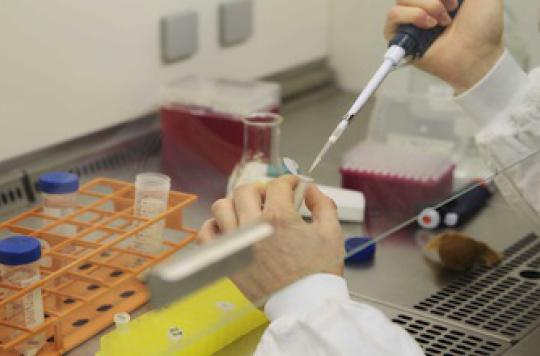American researchers have succeeded in reprogramming adult blood cells into fetal hemoglobin. These findings could pave the way for a treatment for sickle cell disease.

“Our study shows the power of a technique that can reprogram gene expression in hematopoietic cells. If we can achieve this approach in humans, we will be able to provide new treatment options for patients, ”said Prof. Jeremy W. Rupon of Children Hospital in Philadelphia. During a press conference organized at the Congress of the American Society of Hematology which is currently held in New Orleans, this researcher indeed presented the results of a study allowing to open a track of treatment of sickle cell anemia.
This genetic blood disease, which is the most common in the world, is characterized by a deformation of red blood cells. Shaped like sickles, they have difficulty in circulating and can get stuck in the vessels. Sickle cell disease is particularly common in populations of Caribbean, African and Mediterranean origin. For the moment, there is no cure for sickle cell disease. It is only possible to relieve pain in times of crisis, prevent serious infections, and manage complications.
Reactivate fetal hemoglobin to treat sickle cell anemia
Hematologists have long sought to reactivate fetal hemoglobin – that is, the normal hemoglobin of the fetus – because it is not affected by the genetic defect of sickle cell disease. It is at birth that the defective genetic mutation transforms the red blood cells of people with the disease. In this study, the authors were therefore able to reprogram the expression of this gene, thus forcing the cells to resume production of fetal hemoglobin unaffected by the mutation causing sickle cell disease and the red blood cell malformation.
A useful discovery in other blood diseases
This team has so far carried out this experiment in mice. In addition, these scientists also obtained in vitro, similar results on human red blood cells, again forcing the cells to produce fetal hemoglobin. Therefore, the next step for these researchers is to achieve the same results in clinical application directly in humans. Prof. Rupon also added during this press conference that this new approach could also prove useful in the treatment of other blood diseases, such as thalassemia.
.

















